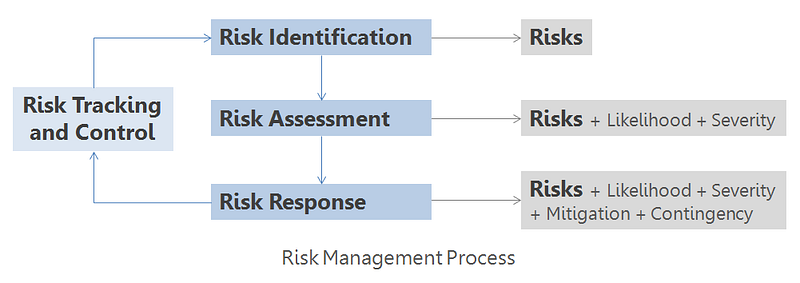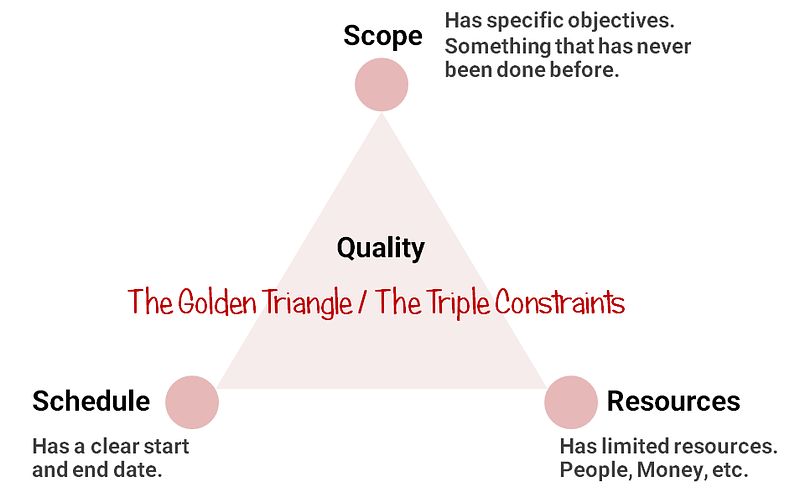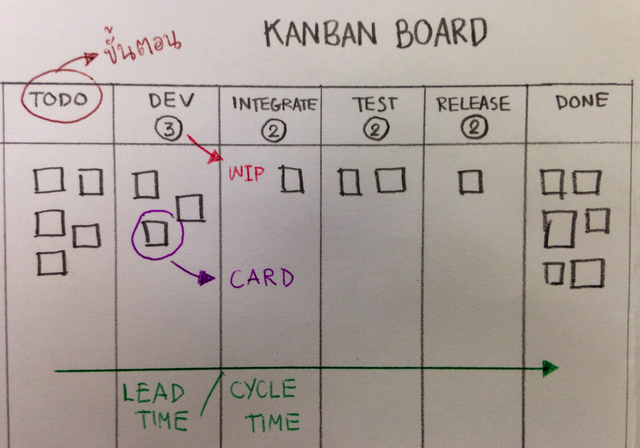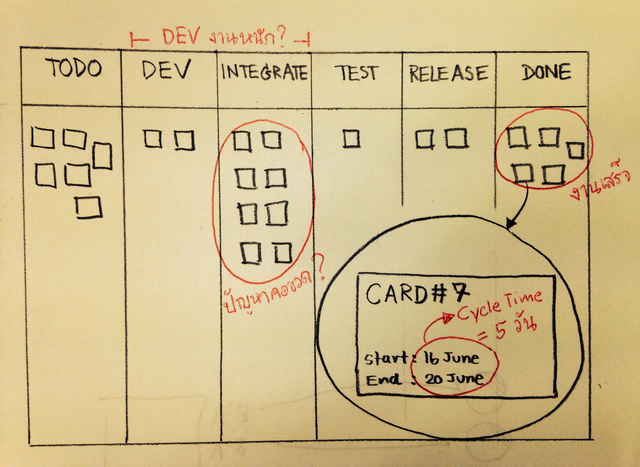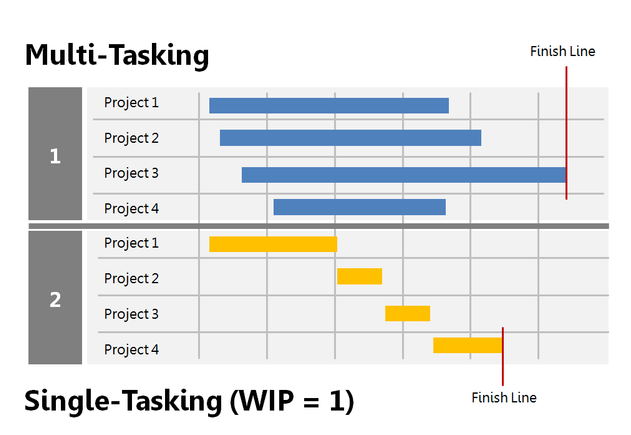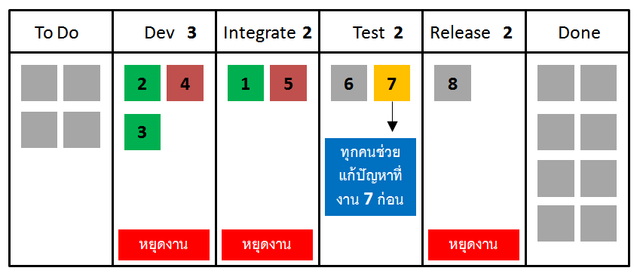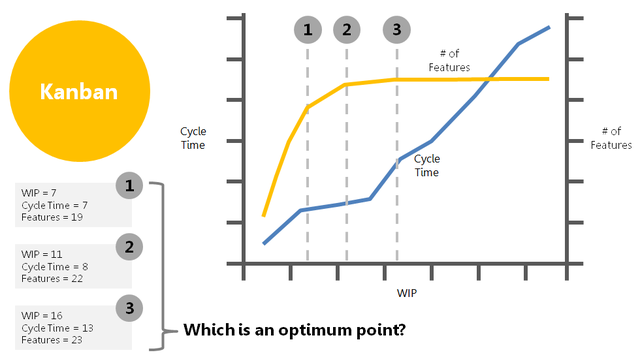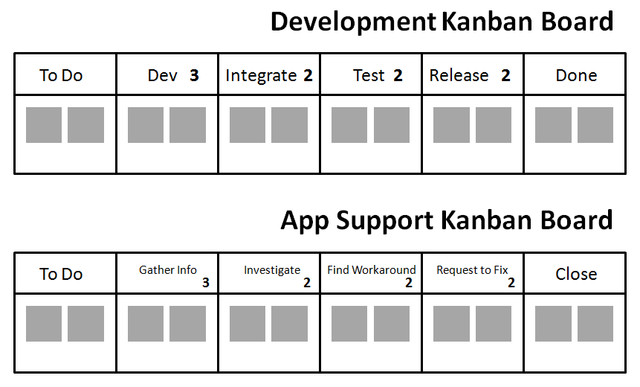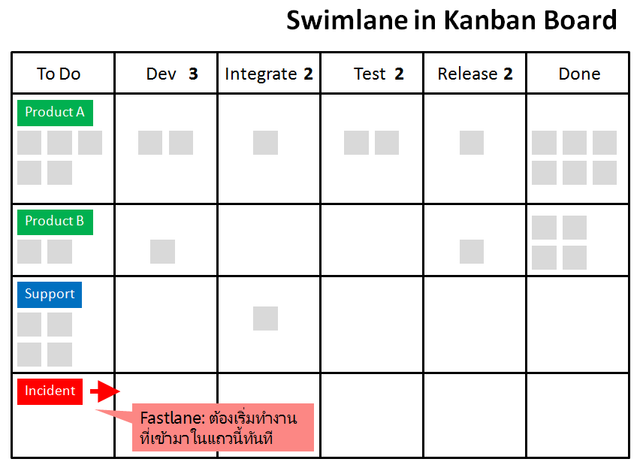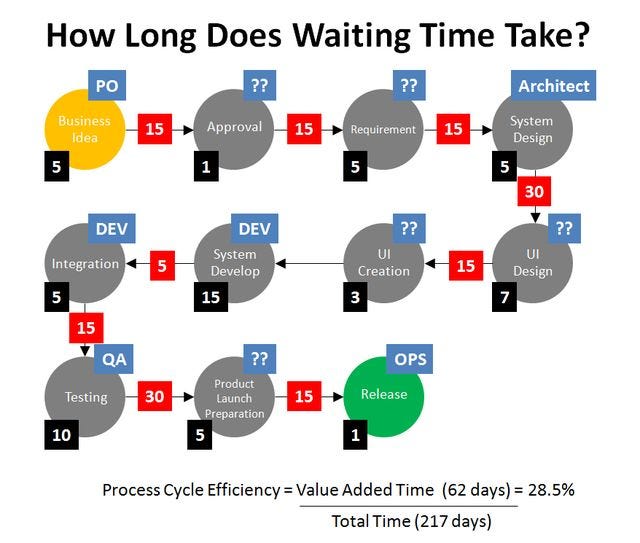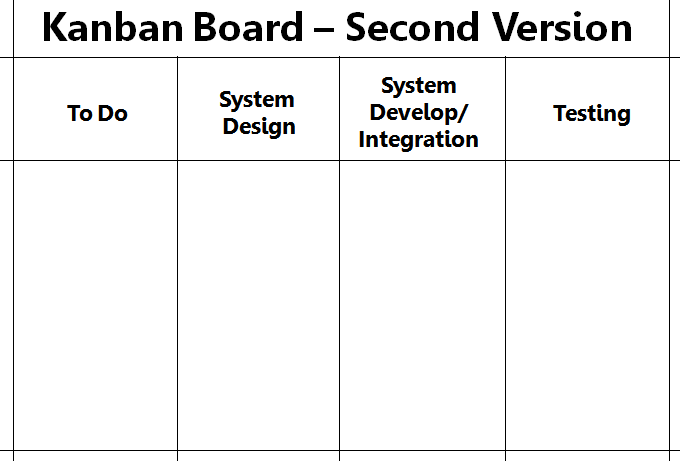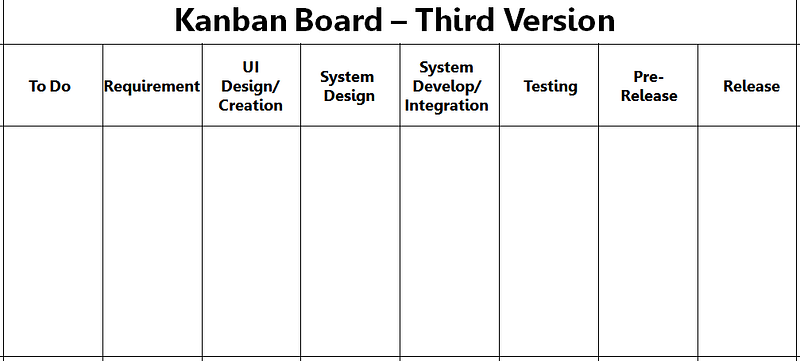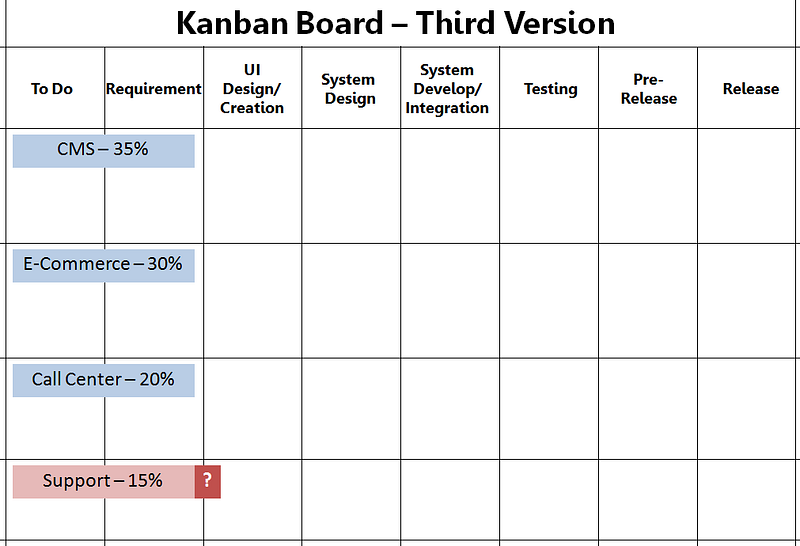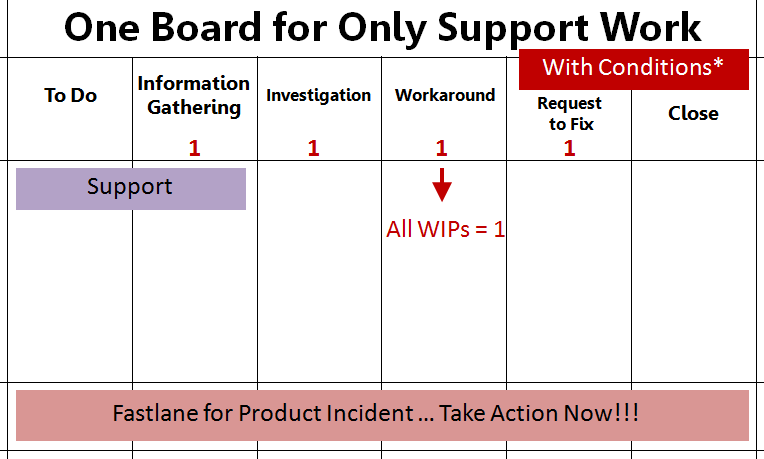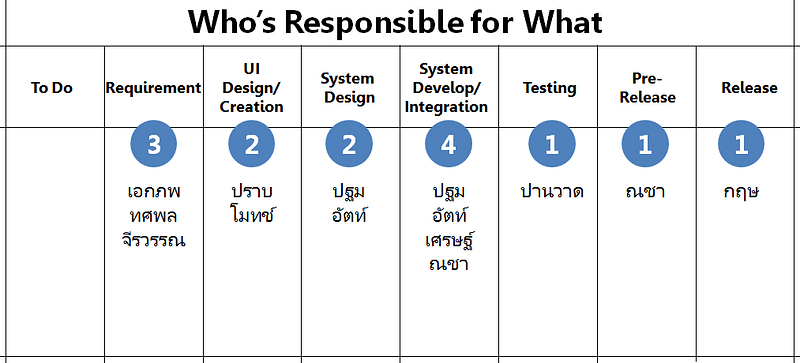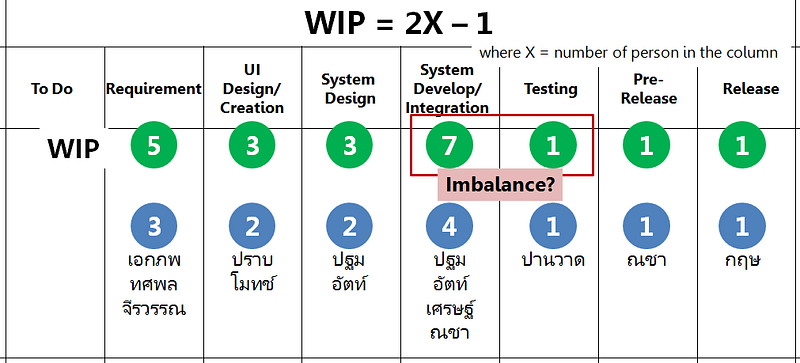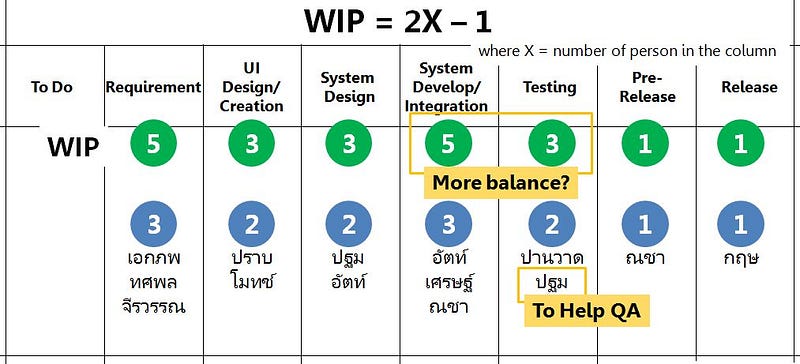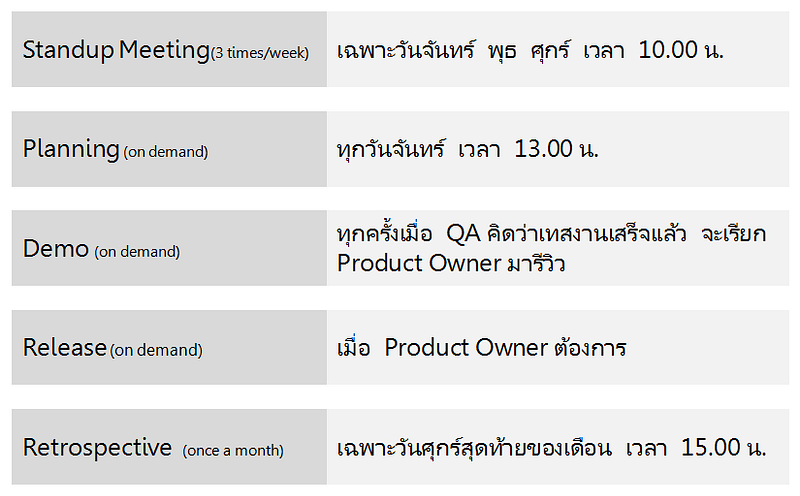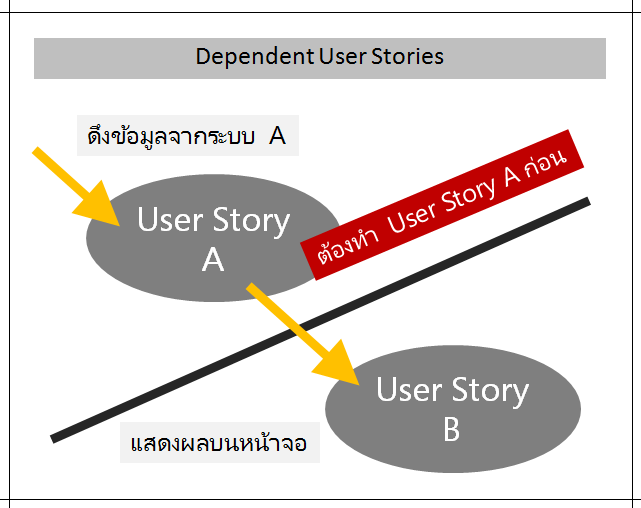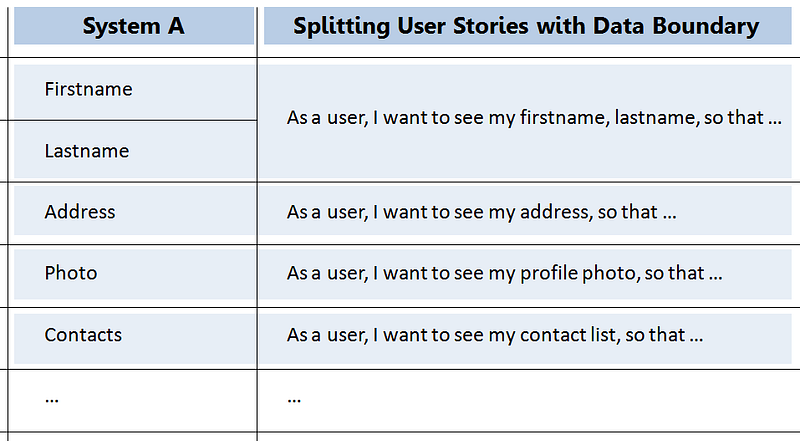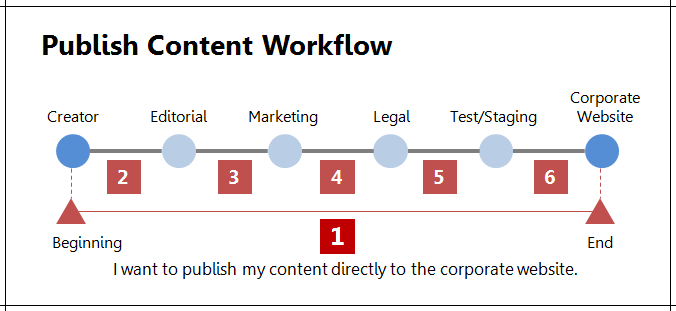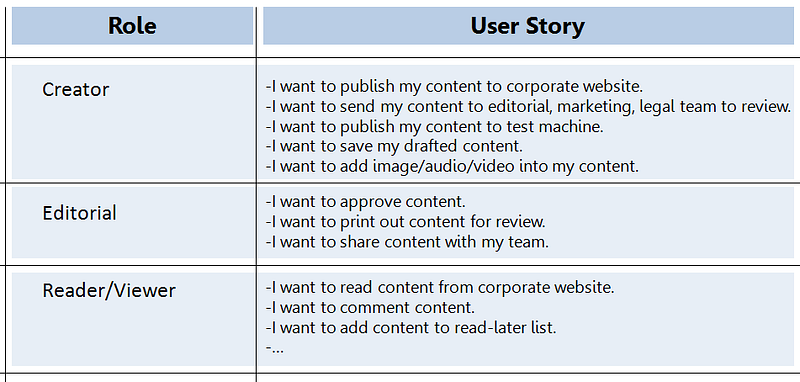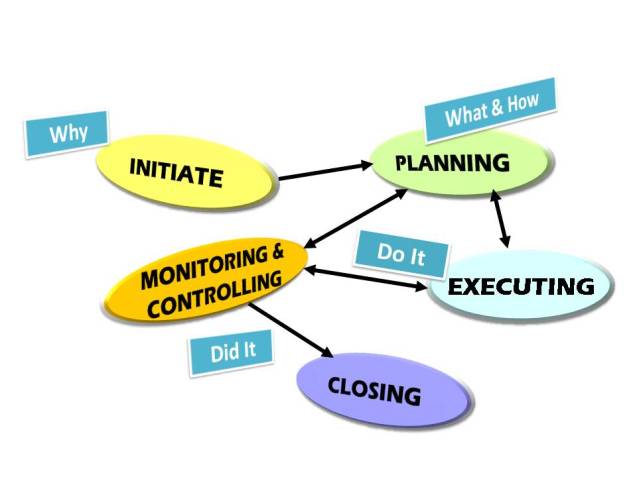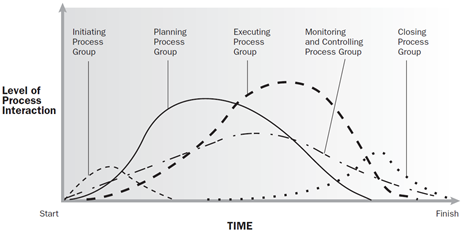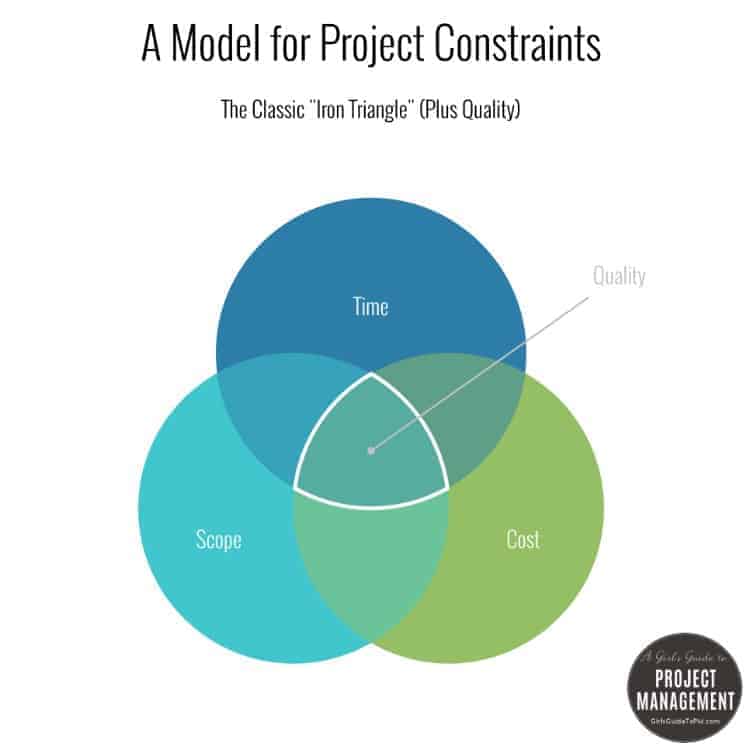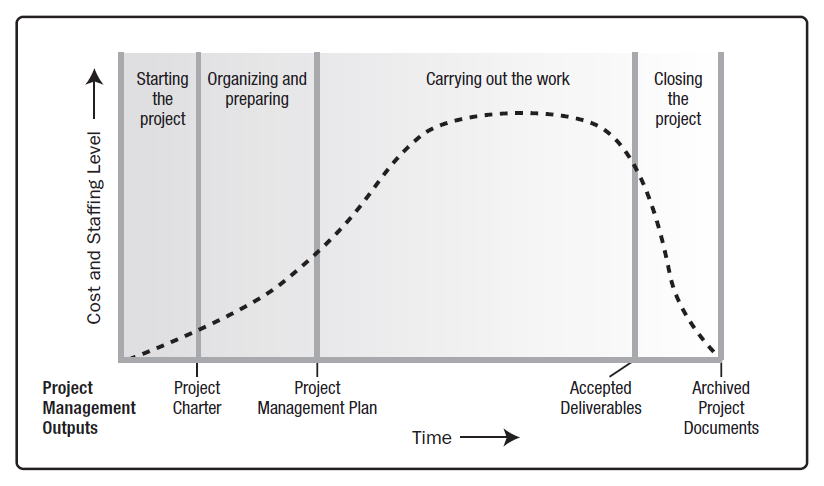PlAwAnSaI
Administrator
- Project Management Professional หรือ PMP เป็นใบประกาศนียบัตรที่โด่งดังที่สุดในวงการ Project Management
www.fwdder.com/topic/266912
- แนะนำ Project Management Institute (PMI):
enhancethailandconstruction.blogspot.com/2017/05/10-some-brief-about-pmi.html
- PRINCE2 มาจากคำว่า PRoject IN Controlled Environments 2 เป็นวิธีการจัดการโครงการ:
www.gotoknow.org/posts/337346
- PRINCE2 น่าจะ Fit กับแนวคิดฝั่ง User ในขณะที่ PMI น่าจะเหมาะกับ Vendor หรือ Supplier
Cr: Skon
- รู้เรื่อง PRINCE2 คร่าวๆ ไม่ลึกเท่าไหร่ แต่ว่าเคยเห็น งานจะถูกซอยเป็น Module ข้อดีคือ สำหรับ Project ใหญ่ๆ มันสามารถแบ่ง Proportion ได้ชัดเจน
ส่วน PMI มองเป็น Project แล้ว ทำเป็น Break Down Structure ตามที่เราคุ้นเคย วิธีการคิด วิธีการ Apply กับงานนั้นๆ เหมือนกันหมด
Cr: Alex
- www.pmithai.org/th/about-us
- Project Manager - อยากเป็นไหม? ผมจะเล่าให้ฟัง - Project Manager vs. Engineer (Specialist):
pantip.com/topic/32544208
pantip.com/topic/32546567
- Project Manager - อยากเป็นไหม? ผมจะเล่าให้ฟัง - Project Manager vs. Sales หรือ Internal Customer:
pantip.com/topic/34163609
- resources.workfront.com/project-management-blog/how-to-become-a-project-manager-two-paths
- สมัครยังไง:
medium.com/@noonvichitra/project-management-professional-pmp-d442636b51f6
Projects VS Operations
Significant change VS Any changes small and evolutionary
Limited in time and scope VS Never-ending
Unique VS Repetitive
Resources transient VS Resources stable
Goal-oriented management VS Role-oriented management
Transient VS Stable
Attempt to balance performance, time and budget VS Performance, time and budget usually fixed and balanced
Need to balance objectives VS Management generally in a state of equilibrium
More exciting (perhaps!) VS Steady as she goes' feel
Project Management Certificate Program
Code:
http://unex.uci.edu/pdfs/brochures/PROJECT_MGMT_brochure.pdf
What is a Project?
Building a house addition is a project and is not operational work.
Organizational Process Asset
- Corporate Knowledge Base
- Processes and Procedures
- Project Budget Reporting Template
- Government or Industry Standards
- Organizational Culture
- Project A is considered to be of strategic importance to your organization. When Project A is completed, you will release a new product to your customers that will be innovative. Research has shown that there is a high demand for this product. And if you are quick enough, your company will be the first to have it on the market. This project will require the focus and attention of the entire team.
- Project B is a tablet upgrade for your organization's sales force. It will primarily involve the information technology, or IT, department. There is a specific functional manager in the IT department who is very knowledgeable about the tablets, the applications they use, and the technical requirements. Basically, this functional manager needs some help with coordination and project reporting.
A Project is not defined as being unique and temporary, with an undefined start and finish.Weak, Balanced and Strong are three types of matrix organizations.In a projectized organization, the project manager acts as manager of the team.The best organization to use to run a project will not always be the projectized organization.The five project management process groups as described in the PMBOK Guide are initiating, planning, executing, monitoring, controlling and closing.The three components of the triple constraint are Scope, Cost and Time.You have finished planning and have begun executing the project when the client asks if you would add some important features to the product of the project. Time and cost in the triple constraints may both be affected.The primary role of the project manager is communication.The PMBOK Guide knowledge areas that have processes in the Initiating process group are Project Integration Management and Project Stakeholder Management.The PMBOK Guide describes 10 Project Management Knowledge Areas. Cost, Scope and Time out of the 10.Get to Know your Stakeholders
Plan stakeholder management:
- Unaware - Provide them with an overview of the project and follow up, after the overview.
- Resistant - Partner them with someone enthusiastic, someone who they admire and trust.
- Neutral - Find ways to increase their interest in the project, perhaps by involving them more or by sharing with them a project benefit that they can support.
- Supportive - Keep them in the loop and provide them open and honest status.
- Leading - Continue to give them opportunities to stay involved, let them know you appreciate them.
- You have a stakeholder who will be contributing five team members to your project. This stakeholder has complained multiple times that your project should never have been approved, is a waste of time and money and that his people should be working on something else.
Case Study 3:
- You are the project manager for project A. Project A is considered to be of strategic importance to your organization. When project A is completed, you will release a new product to your customers that will be innovative. Research has shown that there is a high demand for this product and, if you quick enough, your company will be the first to have it on the market. Because this project is so important and requires the complete attention of resources, the project selection committee followed your advice and set up a projectized organization. All project team members, including you, are 100% dedicated to the project. You have three team members who each have significant roles on the project. They each either represent an area of expertise or the voice of the customer. It would be difficult to state that any one of these resources was more important than the other. In fact, they really need to work well together so that each of their work really ties well nicely. After all, the goal is to release this highly innovative and highly sought after product as quickly as possible and to capture the market for this product within three months after the product is released. Two of the three key team members have worked together for several years. They have a close relationship. They're not only coworkers, they are good friends. The third resource is new to the company. In fact, she was hired because she brought expertise that your company did not have. She's excellent at her job, and you are glad she's part of the team. You notice that the other two do not always include her in their discussions about the product. They do not appear to be purposefully rude, but they typically turn to one another to discuss and debate various aspects of the product and project. There are times when she should be involved in the discussion, but she does not jump in.


